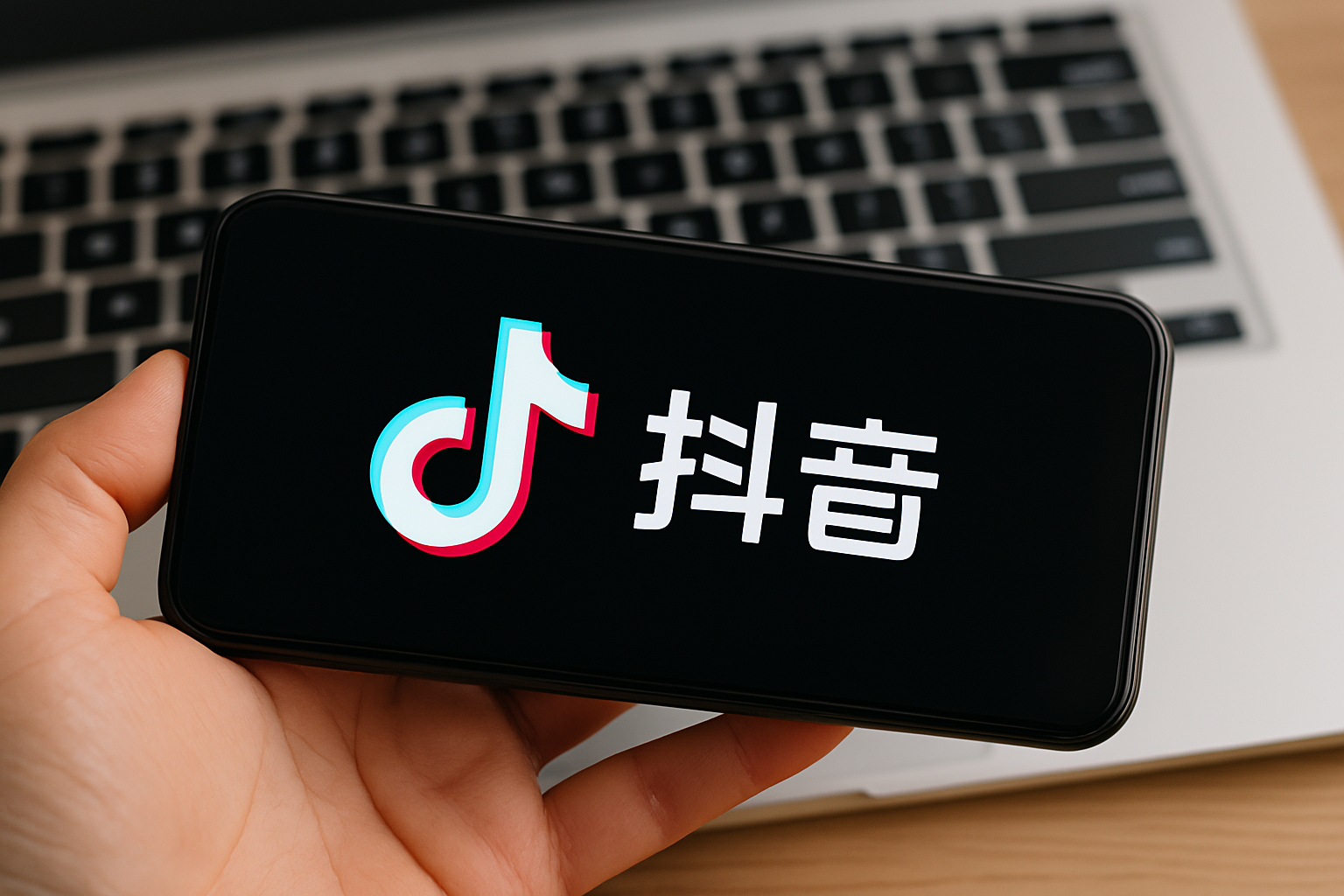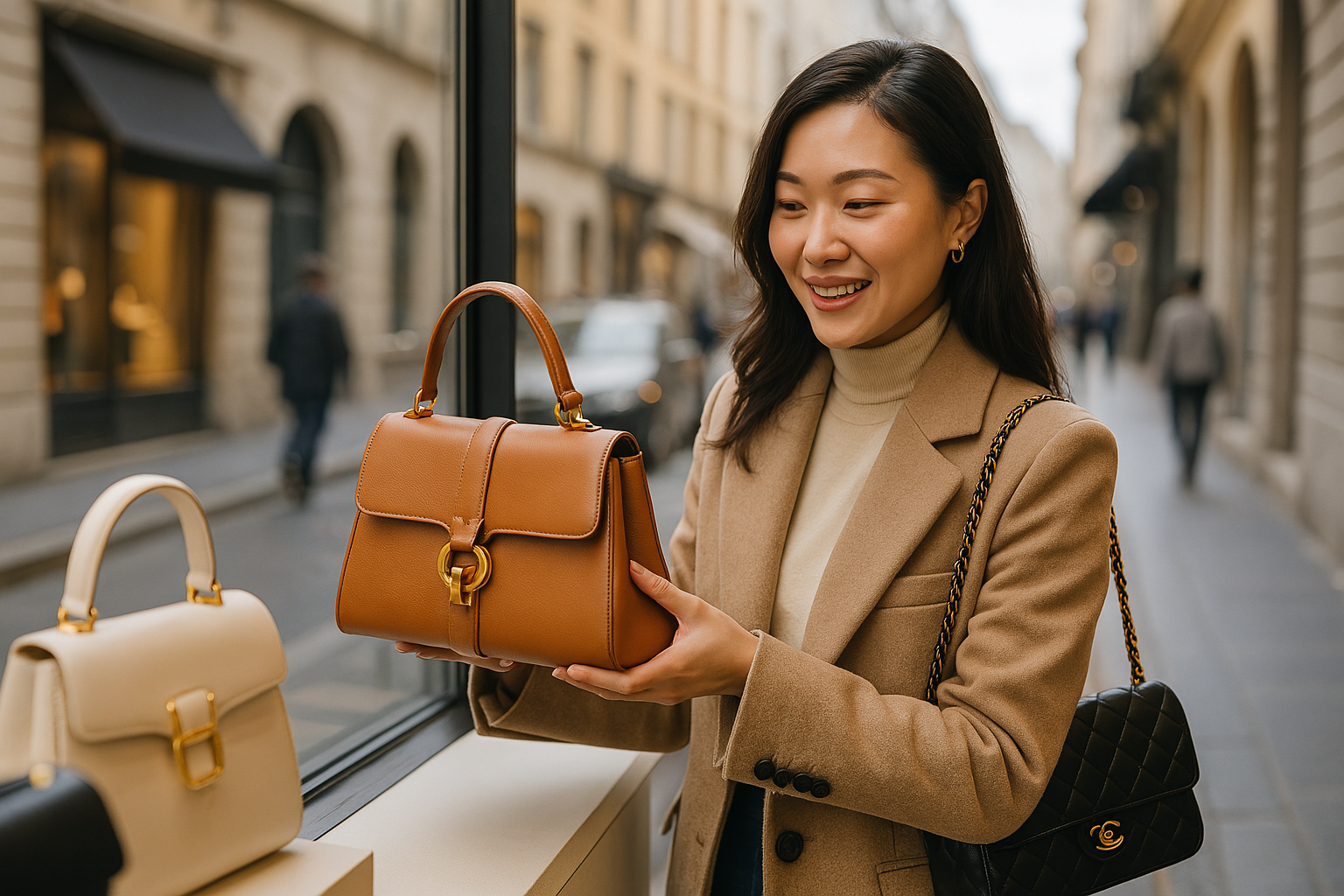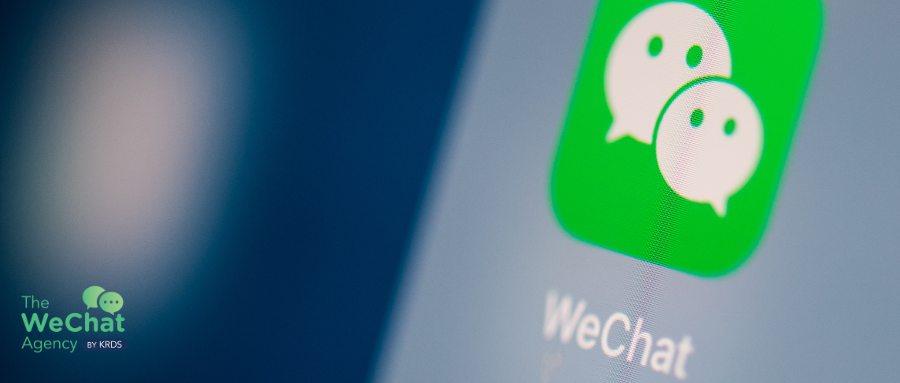What began in 2013 as an online guide for Chinese shoppers traveling overseas has evolved into China’s answer to Instagram and Pinterest: “XiaoHongShu” (小红书) or “Little Red Book,” known simply as RED. This dynamic platform offers a one-stop destination for users to discover, share, review, and purchase lifestyle products and services, with content spanning health, beauty, fashion, travel, and entertainment. Primarily user-generated, RED’s content is perceived as authentic and trustworthy, featuring diverse formats such as photos, text, videos, and livestreams.
Now RED is a thriving ecosystem where users seek inspiration, recommendations, and genuine connections. With over 260 million monthly active users, predominantly Gen Z females residing in China’s bustling cities, RED marketing presents a golden opportunity for brands to foster high engagement and meaningful customer dialogues building genuine trust with the audience. Let’s delve into how brands can effectively tap into this vibrant community and navigate the nuances of marketing on Xiaohongshu.

Understanding RED’s Unique User Demographics and Platform Dynamics
RED’s user demographics consist primarily of educated, high-income individuals with a penchant for lifestyle, fashion, and beauty. The platform’s blend of social sharing and e-commerce creates a unique environment where users seek authentic recommendations and peer-driven content. Understanding the platform’s nuances is crucial for brands looking to navigate RED’s community-driven ecosystem successfully. Emphasizing authenticity, trustworthiness, and genuine connections is key to building rapport with RED users and driving meaningful engagement.
Navigating Account Setup and Marketing Strategies
Opening an account on RED is the first step towards establishing a presence on the platform. Brands can initiate marketing efforts by providing free samples to regular users or investing in paid collaborations with KOLs to generate buzz and awareness. While RED marketing can drive sales, it’s essential to understand that the platform’s primary focus is on fostering brand engagement and building a loyal community rather than high-volume transactions. Brands should adopt a strategic approach, balancing direct marketing initiatives with content-driven strategies to resonate with RED’s user base effectively.
5 reasons to Leverage RED as a Lifestyle Brand in China

Exploring Top Account Content: Insights and Trends
The top accounts on RED often publish content that resonates with the platform’s user base, ranging from lifestyle tips and fashion trends to beauty recommendations and travel experiences. These accounts leverage visual storytelling, user-generated content, and influencer collaborations to captivate their audience and foster engagement. As a result, understanding the content preferences and consumption habits of RED users, brands can tailor their marketing strategies to align with the platform’s ethos and drive impactful results.
Post organic content by leveraging global material and localizing it for the Chinese audience. Stay attuned to China’s hot topics and trends, creating relevant hashtags to enhance visibility. Use specific hashtags for keyword searches and optimal placement within the platform’s algorithm. This approach ensures your content resonates with local users while maximizing reach and engagement on RED.
We suggest promoting your best-performing content with ads to further enhance reach and achieve optimal results. However, RED offers a limited range of targeting categories for ads. The platform supports four types of ad formats: pop-up ads, banner ads, keyword ads, and in-feed ads.
Learn more about advertising on RED in our previous post
RED Marketing: Top Strategies

Engaging with RED Users: Leveraging Influencer Marketing and Live-streaming
Firstly, influencer marketing and live-streaming are two powerful tools for brands to connect with RED users authentically. Key Opinion Leaders (KOLs) and Key Opinion Customers (KOCs) wield significant influence on the platform, capable of initiating trends, expanding brand visibility, and driving conversions. Collaborating with these influential figures allows brands to leverage their credibility and tap into their loyal follower base. Live-streaming adds another dimension to engagement, providing users with an interactive platform to interact, ask questions, and make purchases in real-time during influencer-led sessions.
Secondly, implementing an influencer seeding process involves gifting products to influencers in exchange for posts. It’s a crucial and cost-effective RED marketing strategy. By gifting high-quality influencers with new products, brands can build strong relationships and gauge an influencer’s impact before entering official collaborations. This method increases consumer touchpoints, especially when influencers share your brand multiple times. Additionally, influencer seeding serves as a market survey, helping to identify the season’s hero product based on influencer popularity. This approach is effective regardless of an influencer’s size.
In this post, we explain how to establish your presence on RED
RED as a travel planning platform
RED is a catalyst for new behaviors, extending its influence beyond commerce and travel to shape user patterns. While online travel agencies remain essential for planning and booking trips, RED stands out in the pre-planning phase, with nearly 40% of travelers seeking outbound experiences using the platform. Travel content holds a prominent position on RED, showing remarkable growth alongside health and beauty content. Additionally, RED excels at driving conversions for lesser-known travel offerings, showcasing its adaptability and agility in influencing consumer behavior.

Conclusion: Maximizing Opportunities on Xiaohongshu (RED)
In conclusion, Xiaohongshu offers a wealth of opportunities for brands to connect with a highly engaged and affluent user base. By leveraging influencer marketing, live-streaming, and content-driven strategies, brands can establish a meaningful presence on the platform and drive brand awareness, engagement, and loyalty. Understanding RED’s unique environment is essential for brands looking to navigate the nuances of marketing on Xiaohongshu effectively. As brands continue to explore the potential of RED, fostering authentic connections and delivering value-driven content will remain paramount in driving success in this dynamic digital landscape.


























